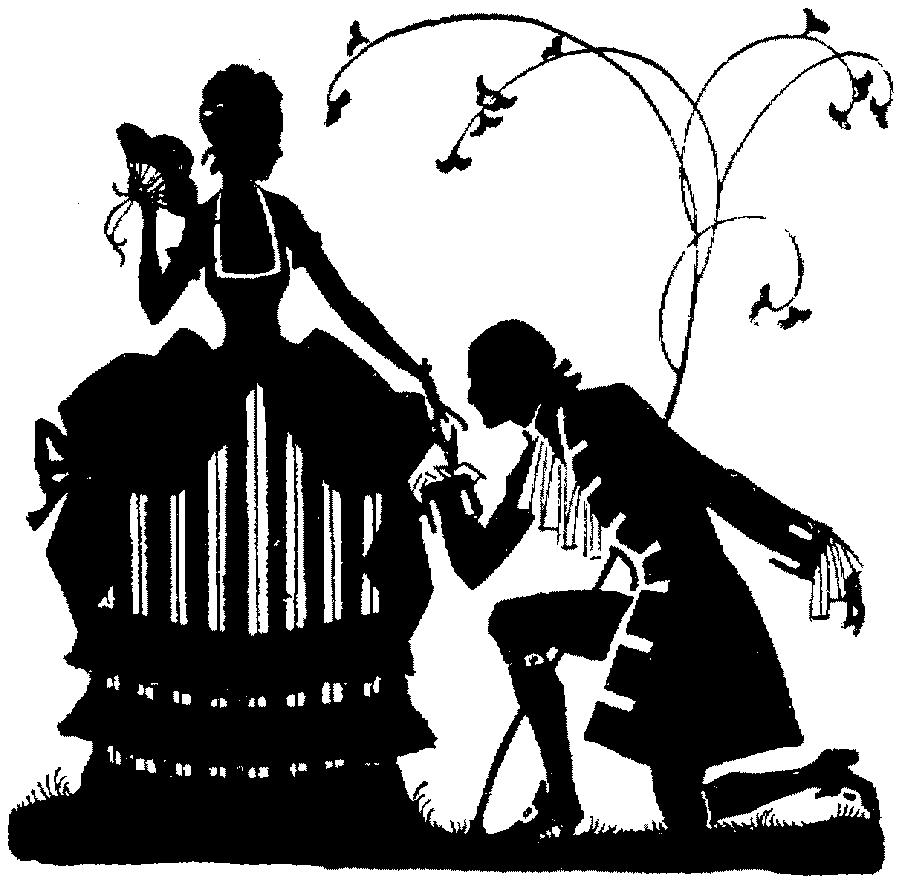 |
Craig White's Literature Courses Character and Characterization |
 |
Character can index a number of related meanings in different contexts (see below), but in literature—especially fiction—the term describes the creation of human figures who are not real in a flesh-and-blood sense but who act, speak, think, and feel in recognizably human ways.
Such characters may be developed with more or less depth or fullness—the classic distinction of round or flat characters. As in real life, some characters may appear stereotypical yet perform vital functions for the story's plot or context.
Great authors are often distinguished by their almost god-like ability to create large numbers of lively, diverse, and meaningful characters who appear to stand on their own two feet, act under their own volition, and speak in unique ways like real human individuals do:
Shakespeare: Romeo, Juliet, Macbeth, Lady Macbeth, Hamlet, Ophelia, Viola, Lear, Cordelia . . .
Chaucer: The Wife of Bath, the Pardoner, the Miller, the Host
Jane Austen: Elizabeth, Darcy, Emma, Mr. Knightley, Mr. Collins . . .
Charles Dickens: Oliver Twist; Pip, Magwitch, Estella, Joe in Great Expectations;
Victor Hugo (Les Miserables): Jean Valjean, Bishop Myriel, Petit Gervais, Inspector Javert
Power of great character development: reader / audience identifies with the character while respects her or his difference or uniqueness. Thus readers exercise sympathy or empathy for others.
![]()
In contrast to such prodigiously creative writers, less gifted authors and most popular fiction typically offers only stock characters who are updated to current fashion:
-
the lonely but seeking child
-
the tyrannical authority figure
-
the object of love or adoration
-
the character who must prove her or his worth
-
the underdog who triumphs over extraordinary odds
-
the sidekick / helper / trusted confidant
-
the dark, handsome, troubled brooding bad-boy
![]()
Character Development in Fiction
Fiction may develop or reveal character in a number of ways but two or three prevail:
Description: the narrator describes a character from more or less distance, offering an outline and selected details of his or her appearance.
Action in present or past indicating or revealing quality of character; actions as clues to character.
Speech: The character's words and their tone and significance reveal the character's inner or ulterior motives.
+ internal speech: In first-person point of view, a character exposes or develops its character by thinking through actions or reactions, or reflecting on past actions or future possibilities.
![]()
Oxford English Dictionary
Character
3.a. A graphic symbol standing for a sound, syllable, or notion, used in writing or in printing; one of the simple elements of a written language; e.g. a letter of the alphabet.
4.c. The style of writing peculiar to any individual; handwriting.
8.a. A distinctive mark, evidence, or token; a feature, trait, characteristic.
9. The aggregate of the distinctive features of any thing; essential peculiarity; nature, style; sort, kind, description.
10.a. The face or features as betokening moral qualities; personal appearance. Obs.
11. The sum of the moral and mental qualities which distinguish an individual or a race, viewed as a homogeneous whole; the individuality impressed by nature and habit on man or nation; mental or moral constitution.
12.a. Moral qualities strongly developed or strikingly displayed; distinct or distinguished character; character worth speaking of.
17.a. A personality invested with distinctive attributes and qualities, by a novelist or dramatist; also, the personality or ‘part’ assumed by an actor on the stage.
Characterization
3. Description of characteristics or essential features; portrayal in words.
4. Creation of fictitious characters.
![]()